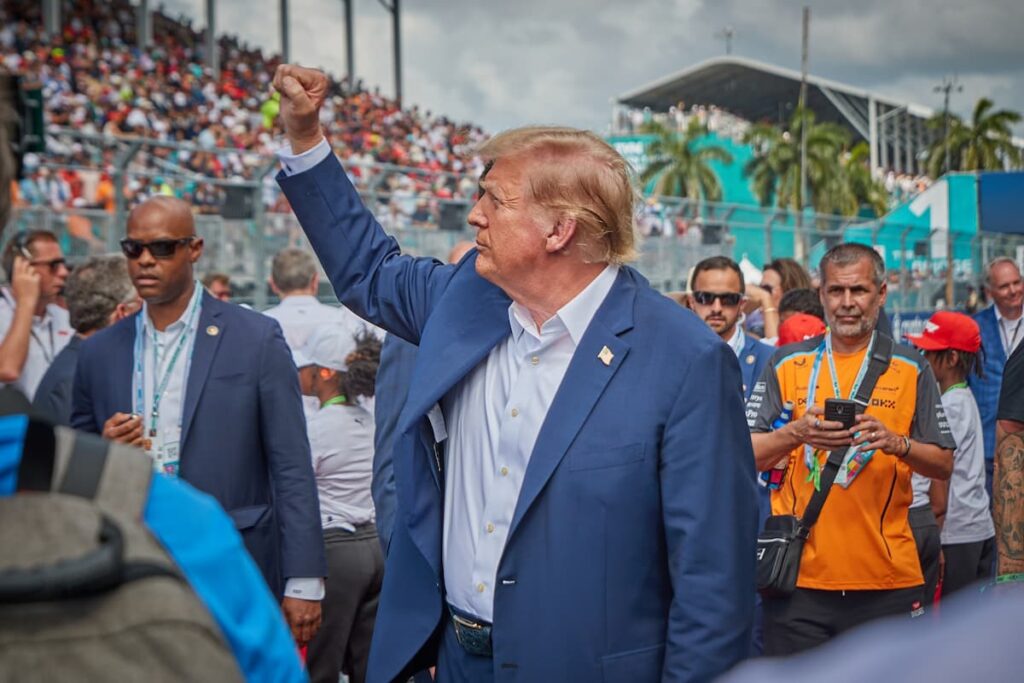Strong Economy Faces Threat from Rising US-China Tensions
In recent weeks, the U.S. economy has shown surprising strength, defying expectations of a downturn with falling inflation, steady job growth, and forecasts of robust GDP expansion. Yet despite this progress, President Donald Trump’s increasingly aggressive stance toward China is threatening to destabilize the recovery.
Tensions between the two global superpowers escalated again this week, just ahead of a long-anticipated phone call between Trump and Chinese President Xi Jinping. Though the White House has not confirmed the call, Chinese state media reported that it did take place. The stakes are high: if diplomatic efforts falter, tariffs may rise again, global markets could lose momentum, and America’s economic outlook may quickly sour.
Economic Recovery at Risk
The U.S. economy is currently benefitting from a wave of unexpectedly strong indicators. Inflation fell to just 2.1% in April, close to the Federal Reserve’s long-term target. Job growth has remained stable, with unemployment slightly above 4% and job openings on the rise. Notably, the U.S. trade deficit narrowed at a record pace in April, partly due to a sharp drop in imports from China as businesses prepared for possible tariffs.
As a result, the Atlanta Federal Reserve now projects the U.S. GDP to grow at an annualized rate of 4.6% this quarter—enough to erase the -0.2% contraction seen in Q1.
Despite this progress, tensions with China are resurfacing. Trump has accused Beijing of violating a trade agreement brokered in May and has publicly criticized Xi Jinping as “extremely hard to make a deal with.” His administration has imposed new measures targeting Chinese technology, including visa restrictions and limitations on the use of AI chips and semiconductor design software linked to Chinese firms like Huawei.
China has pushed back, accusing the U.S. of unilaterally escalating trade friction and increasing economic uncertainty.
Tariffs Still in Play
Even after last month’s trade truce, tariffs remain a potent force in U.S.-China relations. The United States still imposes a 10% blanket tariff on most imports, and this week Trump doubled tariffs on steel and aluminum. He has also threatened further tariff hikes on countries that fail to finalize trade deals in the coming weeks.
While Treasury Secretary Scott Bessent labeled previous tariff levels “unsustainable,” many economists fear the return of heavy tariffs could stall growth. Business and consumer confidence, already fragile from years of trade instability, could decline rapidly if tensions boil over.
Warning Signs in the Data
Despite recent gains, several economic red flags are emerging. Layoffs in April surged by nearly 200,000, and initial unemployment claims rose to 247,000 last week—well above expectations. A report from Challenger, Gray & Christmas found that layoff announcements in May totaled 94,000, up 47% from a year ago.
Consumer spending also grew by just 0.2% in April, a sharp drop from March. The University of Michigan’s consumer sentiment index remains near historic lows, and the Fed’s Beige Book highlights ongoing uncertainty among business leaders, especially regarding trade policy.
Federal Reserve Chair Jerome Powell and other officials have acknowledged the economic strength but remain cautious. “People are worried about inflation, about a shock from tariffs,” Powell said in May. “But that shock hasn’t hit yet.”
A Delicate Balance
The Trump administration’s hardline approach to China may be politically strategic, but it risks undermining a fragile recovery. If tensions reignite and tariffs return, the consequences for the U.S. economy could be swift and severe.
With consumer and business confidence already on edge, further escalation could tip the balance and turn recent good news into the beginning of a downturn. The next few weeks will be critical in determining whether the U.S. can maintain its current momentum—or if political decisions will derail economic progress.


